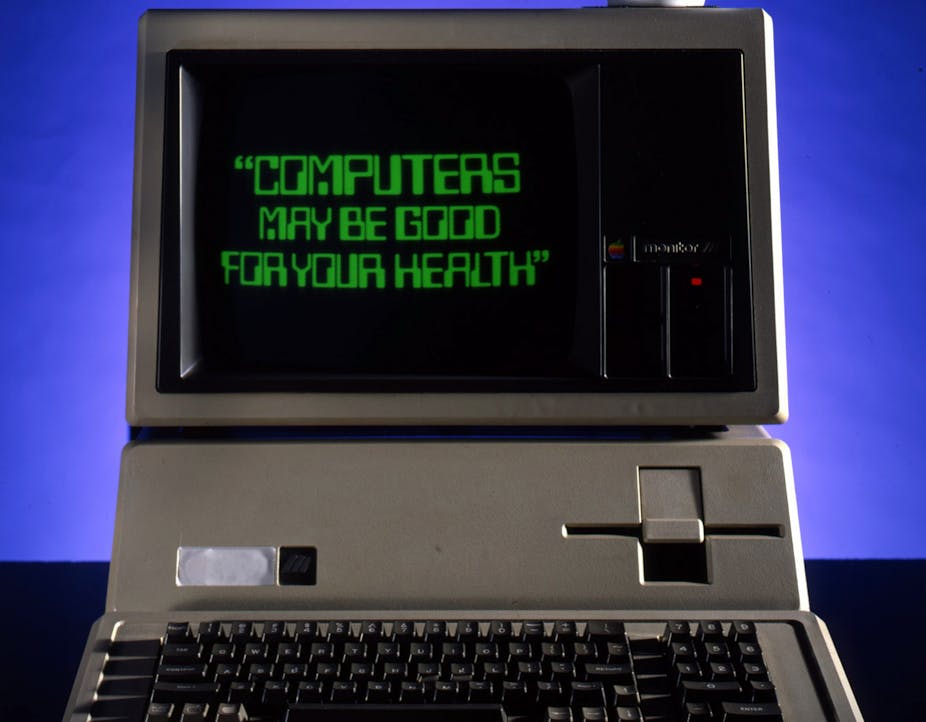Without the fuss and delays that have plagued so many large government IT projects, a key part of the NHS digital infrastructure was recently migrated and updated in a single weekend.
The collection of applications and directory services known as the Spine connects clinicians, patients and local services to core NHS services such as the GP2GP patient record transfer, the Electronic Prescription Service, patients’ Summary Care Records, and the Choose and Book service. More than 250,000 health service staff connect to it every day, sending more than 400m messages each month.
After the original contract with BT expired, the NHS Health and Social Care Information Centre (HSCIC) decided to move from a proprietary system to one based on open-source software, using Leeds-based company BJSS.
Avoiding a top-down disaster
This is a major departure from the approach taken during the ill-fated NHS National Programme for IT (NPfIT), of which the Spine was a part. Seven years late, this was largely cancelled in 2011 as costs spiralled from £3 billion to more than £12 billion. Major parts of the programme had never been completed, and the parliamentary Public Accounts Committee described it as: “One of the worst and most expensive contracting fiascos in the history of the public sector.”
The prescriptive, top-down design of the NPfIT was left to the contracting companies to implement, with little oversight from above and even less input from NHS staff. This proved to be a recipe for disaster – incompatible software, massive delays, poor adoption and legal wranglings. It is a poor reflection on a project when its contracts prove to be more robust than the software delivered.
Future savings
The decision to rely on open-source technology for Spine 2 has important ramifications. With the majority of the code freely available, there is much reduced dependency on the original provider which has opened the door to greater competition and better value for subsequent support and development contracts. Similarly, problems are easier to track, meaning some issues can be dealt with by local NHS IT teams.
One of the biggest problems previously was the disconnect between the contracting firms’ developers and staff using the system. It’s encouraging that HSCIC foresees in-house NHS IT teams taking more control of their own systems.
Finally, BJSS executed the entire project using agile development techniques, proven to work better in overworked environments with complex software ecosystems and changing requirements. In contrast to traditional software development methods, it’s considered crucial to ensure that users’ needs are known and understood from the early stages and that a usable version of the software in maintained throughout.
High availability
The cornerstone of Spine 2 is Basho’s Riak database, a non-relational database which focuses on high availability of data in a distributed environment, without insisting on always delivering the very latest data. This makes sense for the NHS, whose network spans thousands of sites, but which does not need data updated in real time.
For example, imagine that a prescription request is sent from a GP’s surgery to a database somewhere when a server along the way crashes. It is far more important that the rest of the patient’s record is still available to staff system-wide than it is for that particular prescription update to be made available everywhere immediately.
The Spine 2 contract was awarded under the Cabinet Office’s G-Cloud framework. G-Cloud makes it easier for the public sector to buy from small providers such as Basho and BJSS rather than huge IT consultancies that have provided such poor value in the past. Other open-source software used in Spine 2 include the Redis database engine, Nginx and Tornado web servers, and RabbitMQ messaging middleware.
Towards a healthier IT future
It’s early days yet to pass any judgement on the new system. But it is refreshing to see how this key IT project has been handled. This could herald a new era for government IT projects in Britain – executed well, it could even help deliver the vision of data-driven healthcare that began almost 15 years ago.
The future of health IT lies in what is dubbed a Learning Healthcare System: a network of interacting agents that produce and consume knowledge in real-time, with information routed to the point where it is needed. Such a system cannot be delivered in a top-down fashion – it must be grown organically, bottom-up, from the needs of its users, focusing on open standards and protocols so that each component and those of future additions can communicate with each other. Spine 2 seems to be a step – along overdue step – in the right direction.

